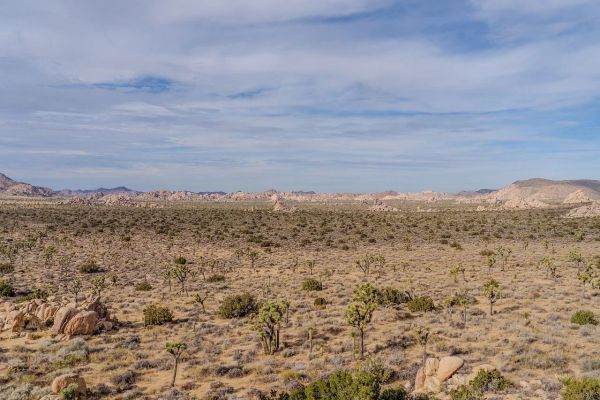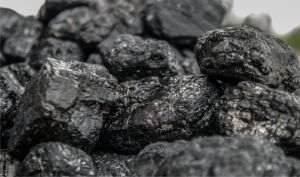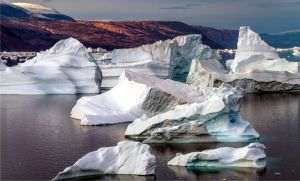Land aridity is a problem with long-term effects and is difficult to solve. About three-quarters of the Earth's surface has become "permanently drier" in recent decades, a new UN study has warned. According to the study by the UN Convention to Combat Desertification (UNCCD), about 77% of the Earth's surface has become drier in the three decades to 2020 compared to the previous 30 years. During the same period, arid areas expanded by about 4.3 million square kilometers - an area almost a third larger than India - and now cover 40.6% of the Earth's total land area, excluding Antarctica. "In recent decades, an estimated 7.6 percent of global land - an area larger than Canada - has been pushed beyond aridity thresholds (i.e. from non-arid to arid or from less arid to more arid land classes)," the study said. The Convention's Bonn office released the findings at COP16 on desertification in Riyadh, Saudi Arabia, the largest UN land conference ever held. "For the first time, the aridity crisis has been documented with scientific clarity, revealing an existential threat affecting billions of people around the world," said Ibrahim Thiaw, UNCCD executive secretary. "Unlike temporary periods of drought with reduced rainfall, aridity represents a permanent, relentless transformation," he added in a statement. "Droughts end. However, when the climate in an area becomes more arid, the ability to return to previous conditions is lost," said Ibrahim Thiaw.
The Earth is getting drier
O.D.
English Section / 11 decembrie 2024
























































